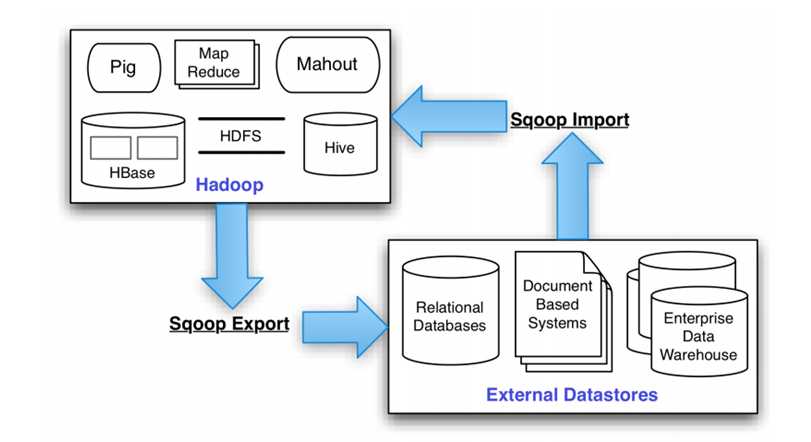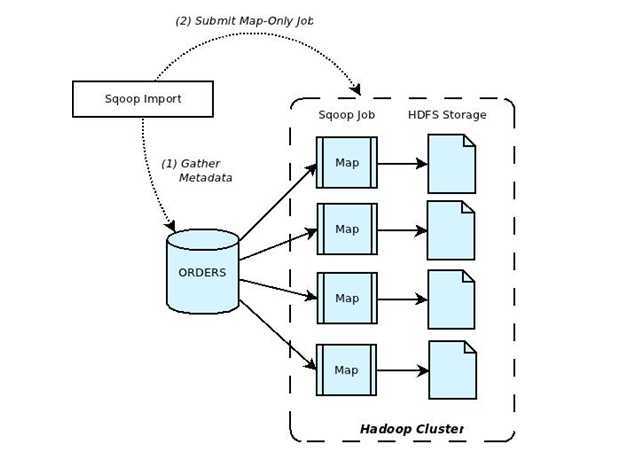标签:
D5XW34`H4C}%BQ(MOG2N`N.png)

sqoop ##sqoop命令
import ##表示导入
--connect jdbc:mysql://ip:3306/sqoop ##告诉jdbc,连接mysql的url
--username root ##连接mysql的用户名
--password ad min ##连接mysql的密码
--table mysql1 ##从mysql导出的表名称
--fields-terminated-by ‘\t‘ ##指定输出文件中的行的字段分隔符
-m 1 ##复制过程使用1个map作业
--hive-import ##把mysql表数据复制到hive空间中。如果不使用该选项,意味着复制到hdfs中
选择增加内容
--append --hive-import
--check-column ‘TBL_ID‘ 选择要导入的列Specifies the column to be examined when determining which rows to import.
--incremental append 以哪种方式检查 append 或者lastmodified。
Specifies how Sqoop determines which rows are new. Legal values for mode include append and lastmodified.
--last-value 6 检查的范围,从之前的导入的最大值 Specifies the maximum value of the check column from the previous import.
把hive中的表数据复制到mysql中
sqoop
export ##表示数据从hive复制到mysql中
--connect jdbc:mysql://ip:3306/sqoop
--username root
--password admin
--table mysql2 ##mysql中的表,即将被导入的表名称
--export-dir ‘/user/root/warehouse/mysql1‘ ##hive中被导出的文件目录
--fields-terminated-by ‘\t‘ ##hive中被导出的文件字段的分隔符
注意:mysql2必须存在
sqoop job --create myjob -- import --connect jdbc:mysql://master.hadoop:3306/hive --username root --password admin --table TBLS --fields-terminated-by ‘\t‘ --null-string ‘**‘ -m 1 --append --hive-import
4. 导入导出的事务是以Mapper任务为单位。
标签:
原文地址:http://www.cnblogs.com/catWang/p/4337122.html